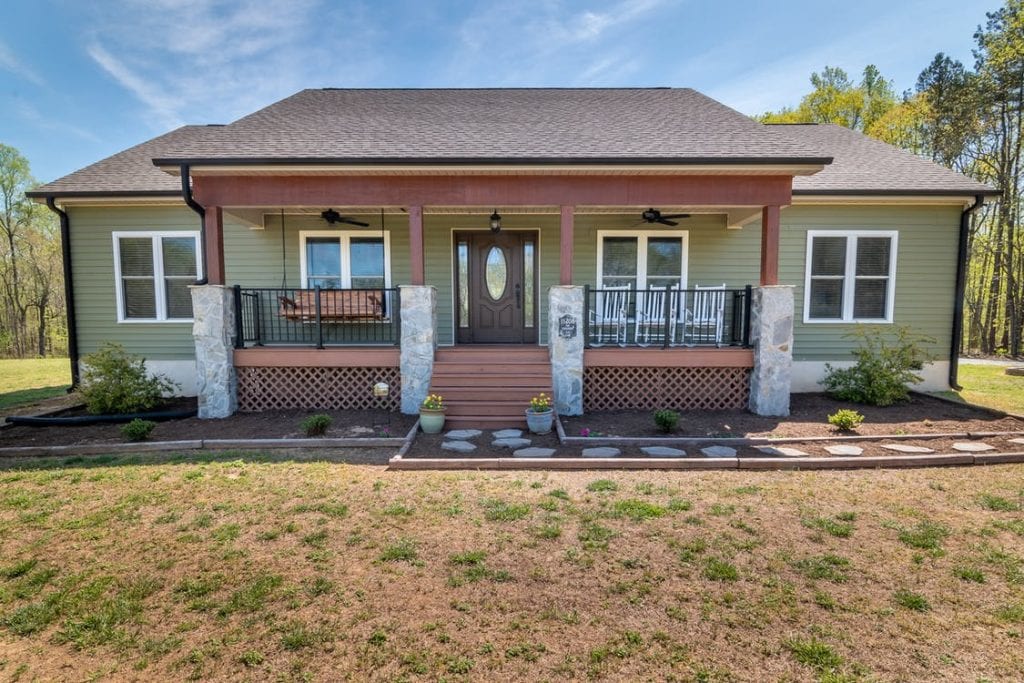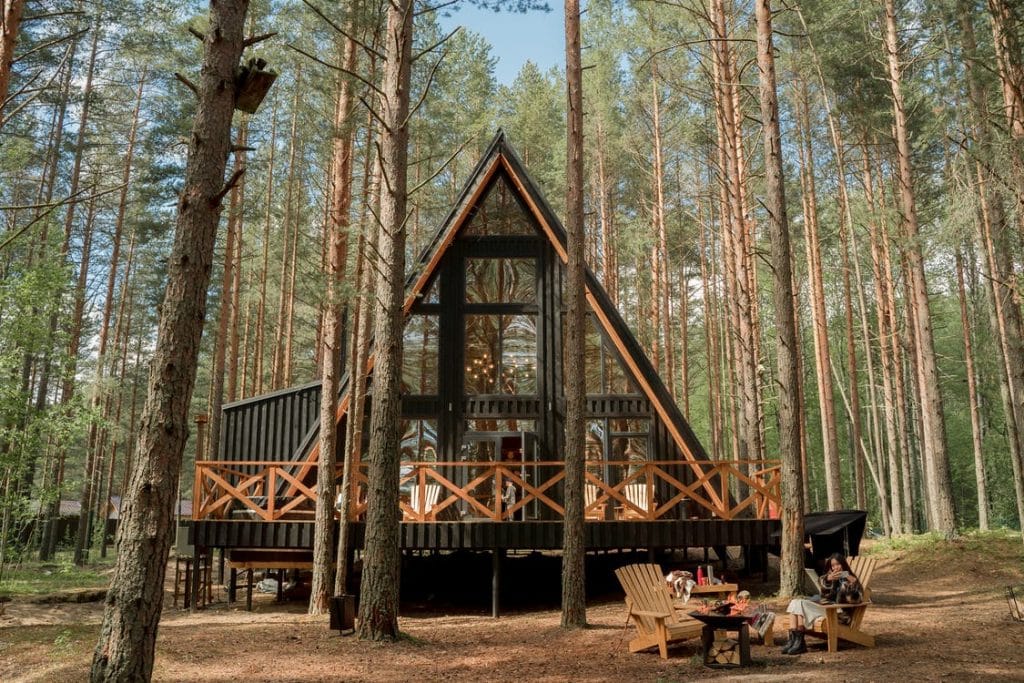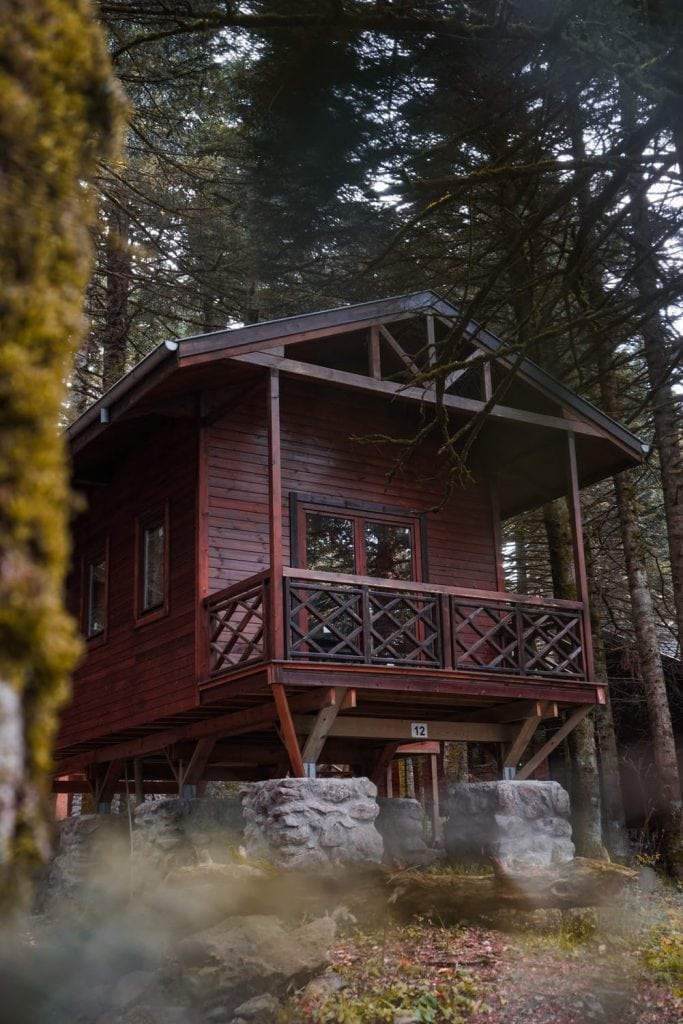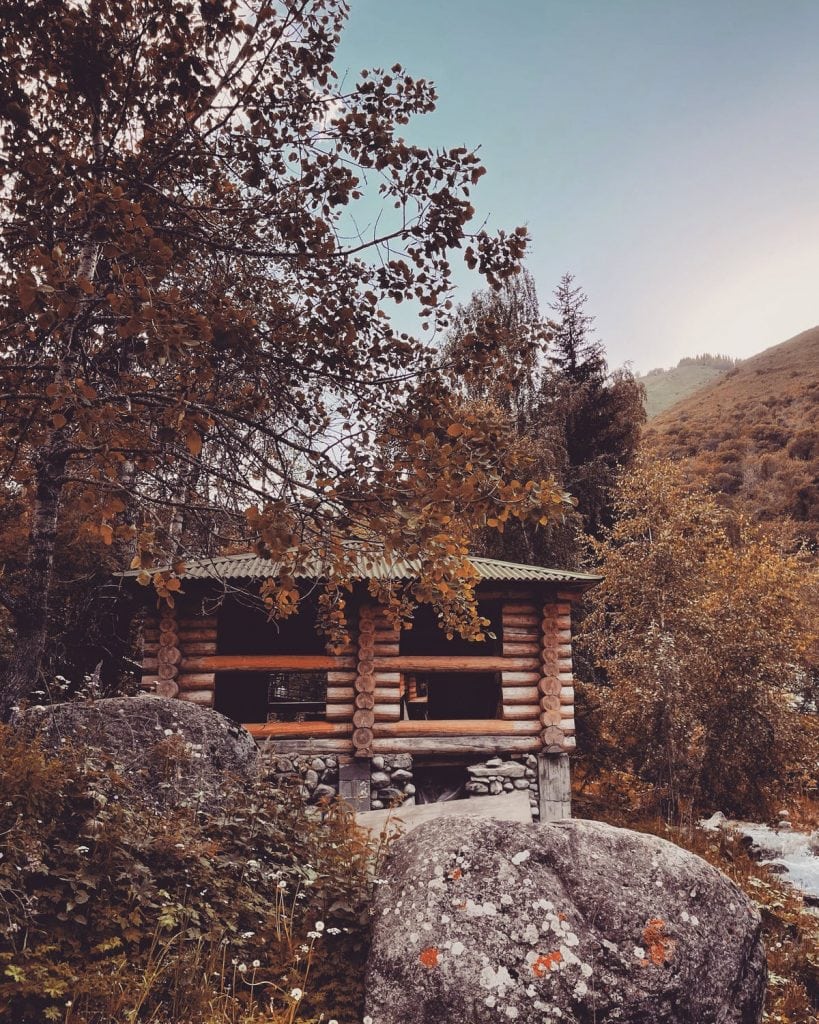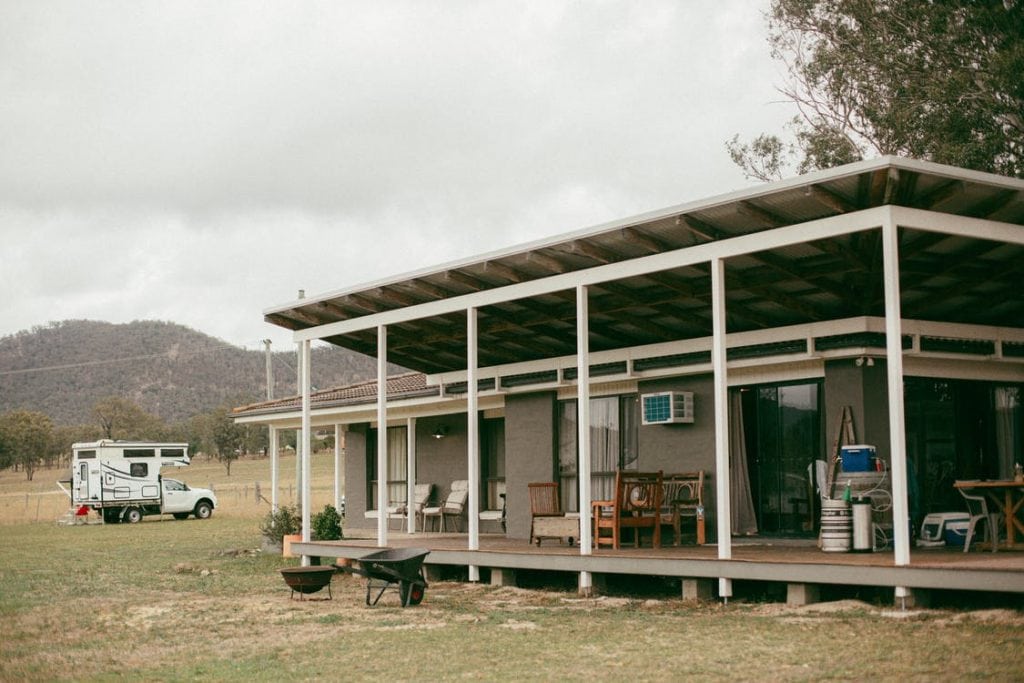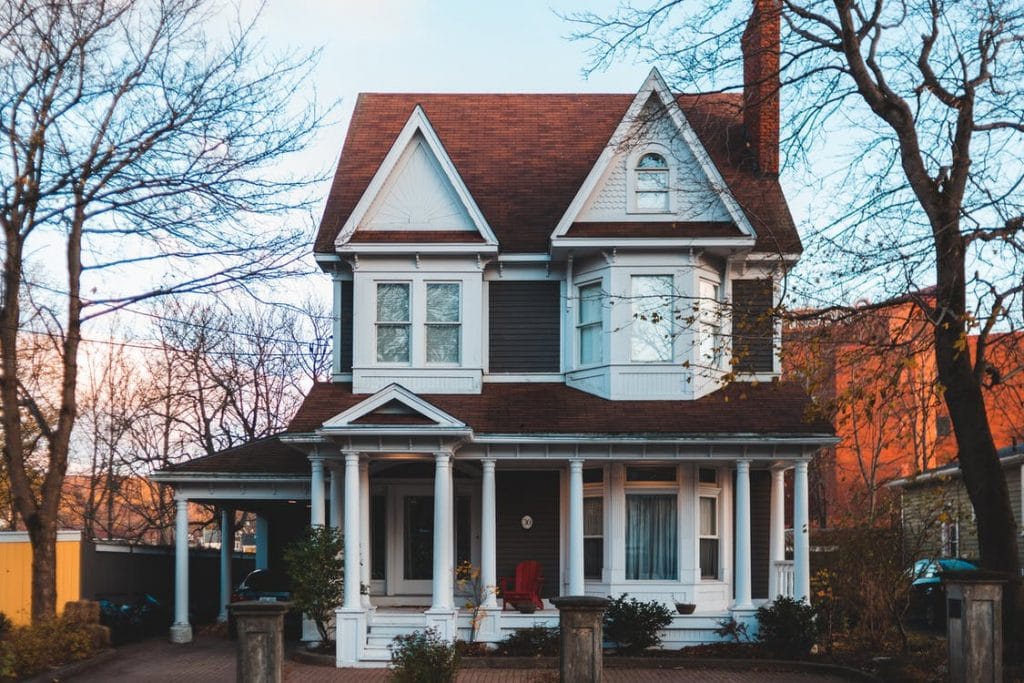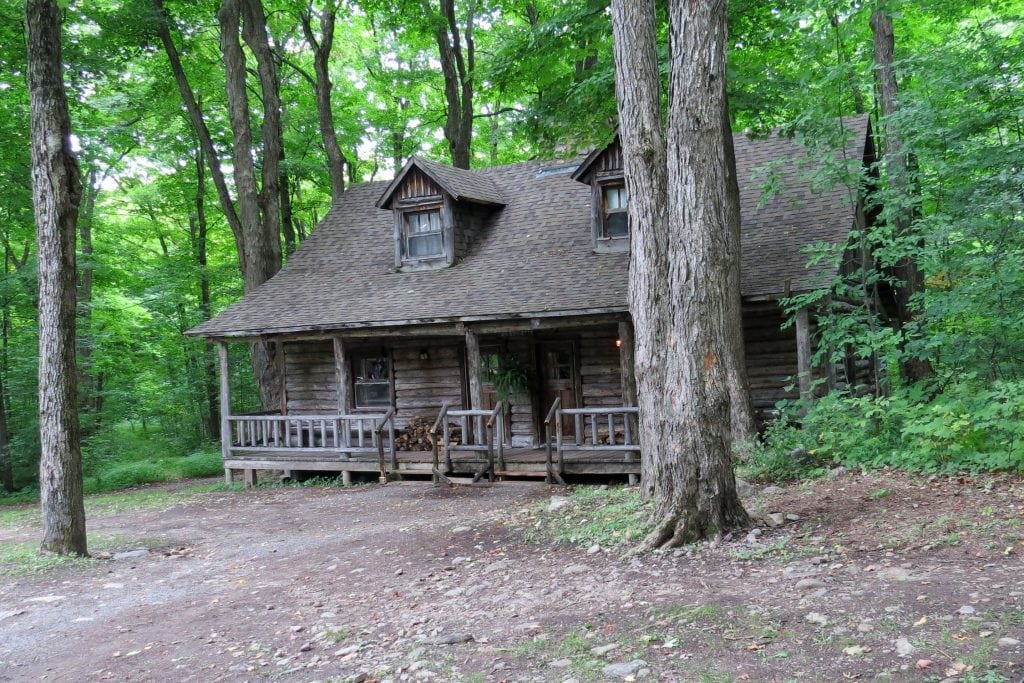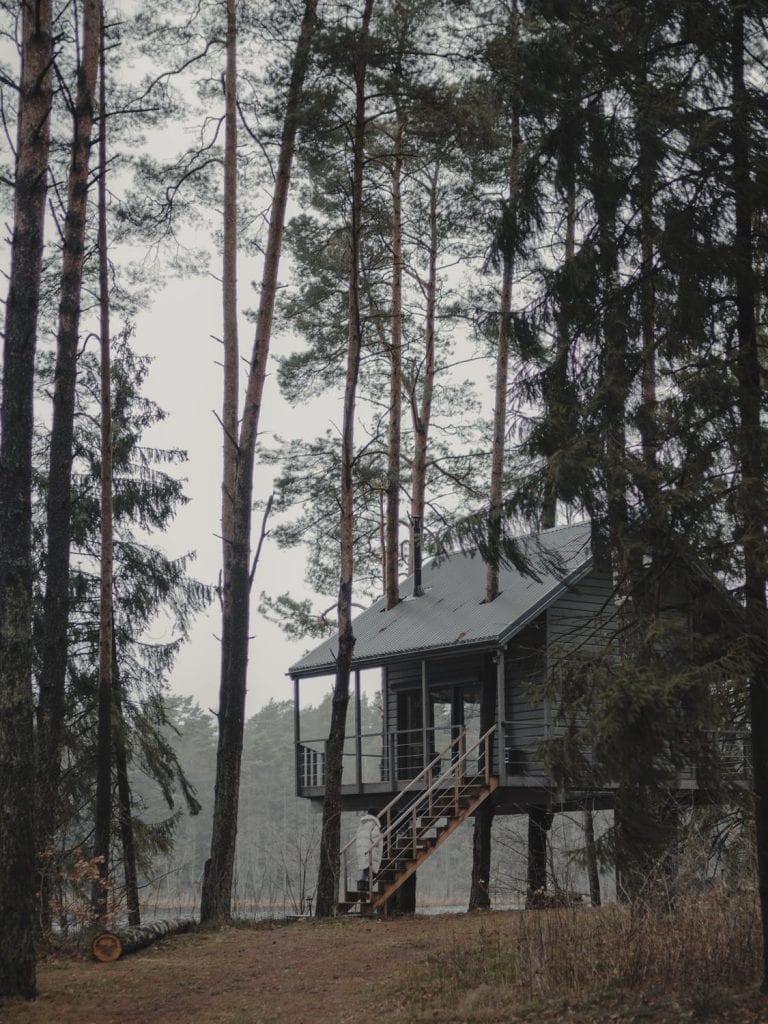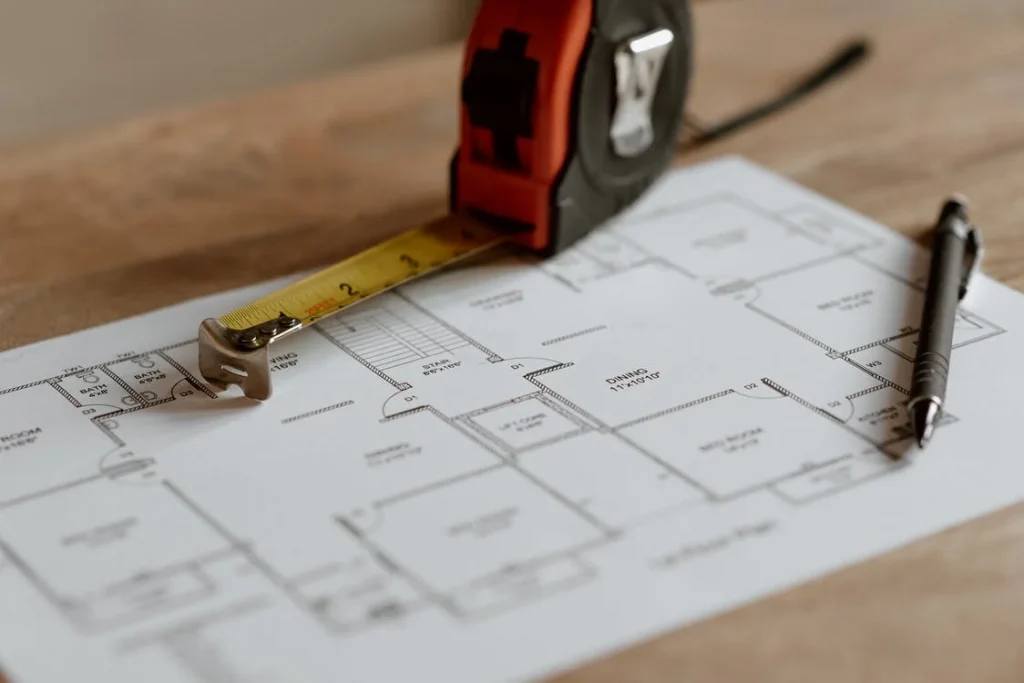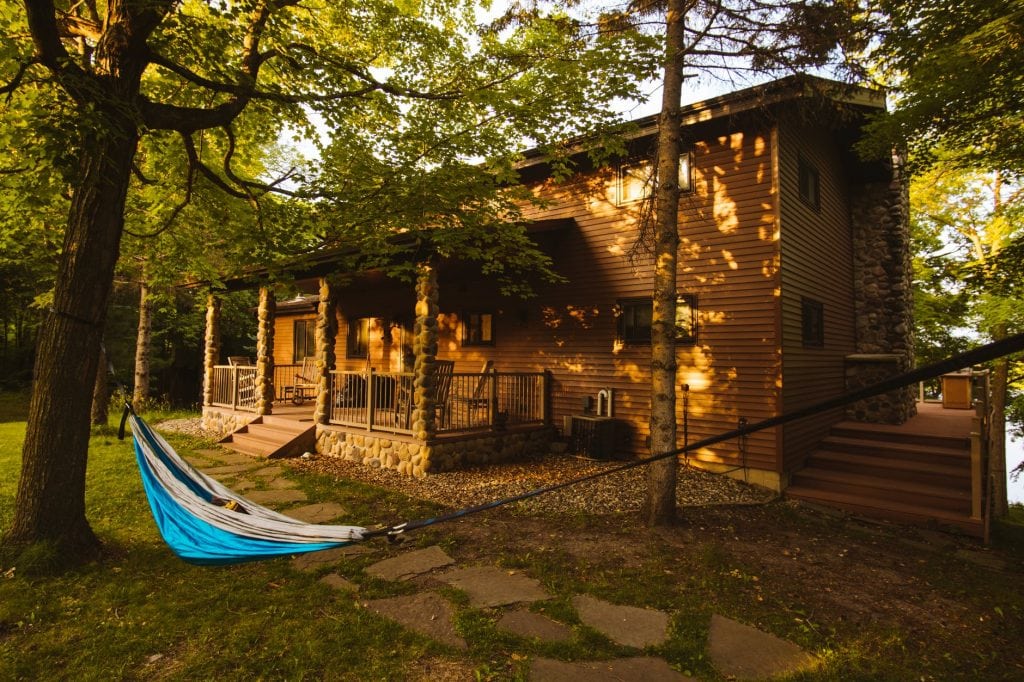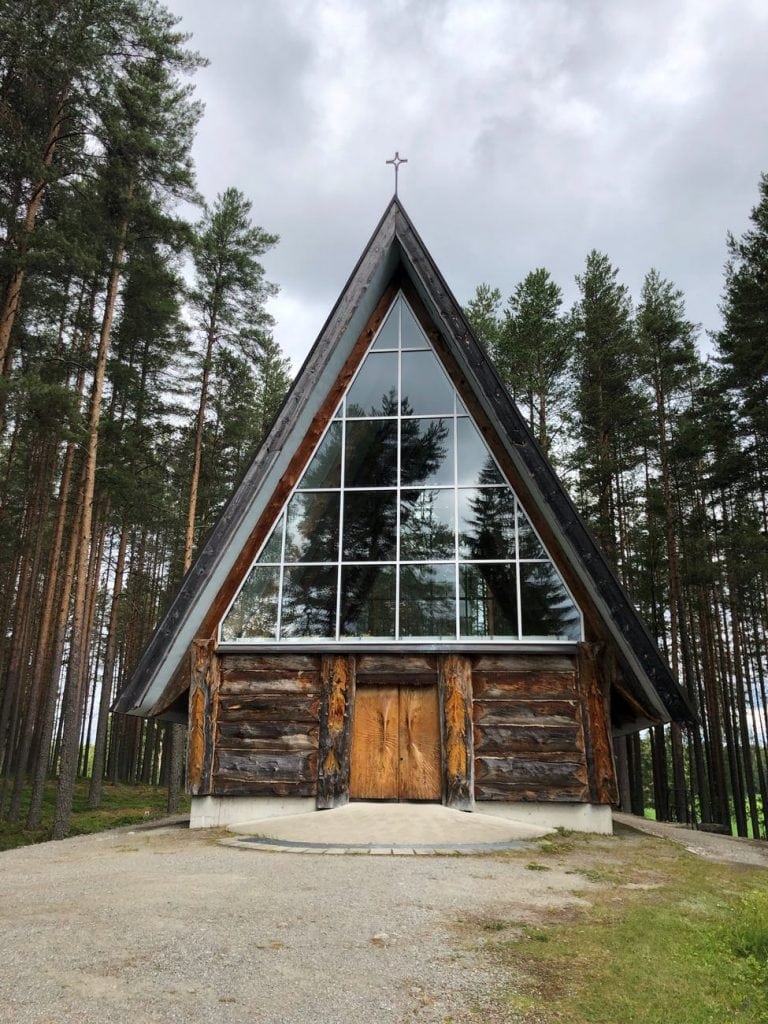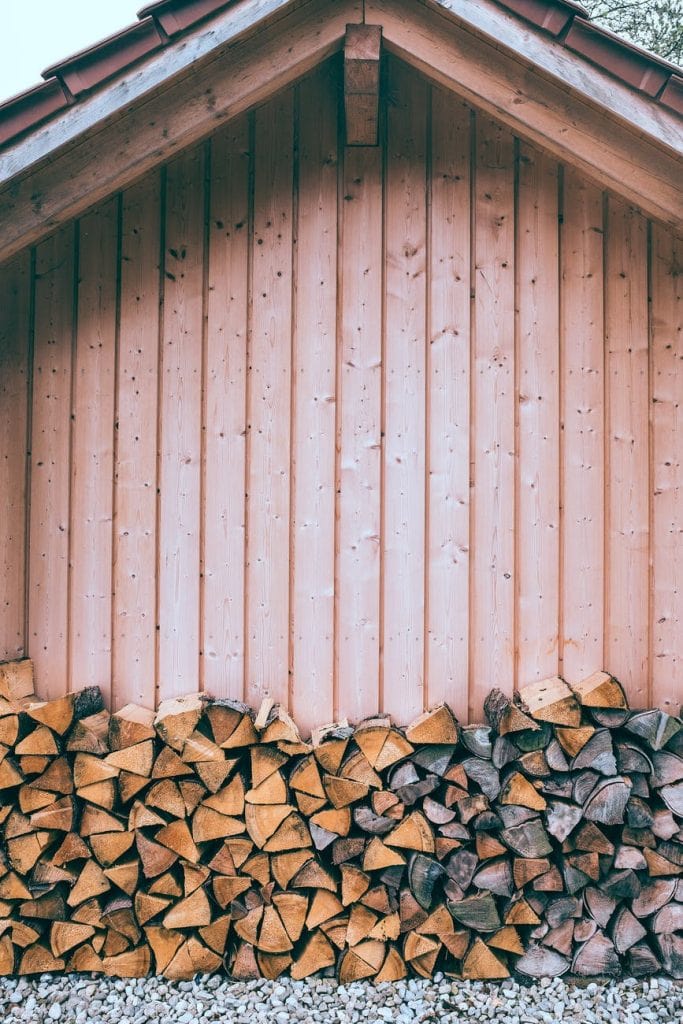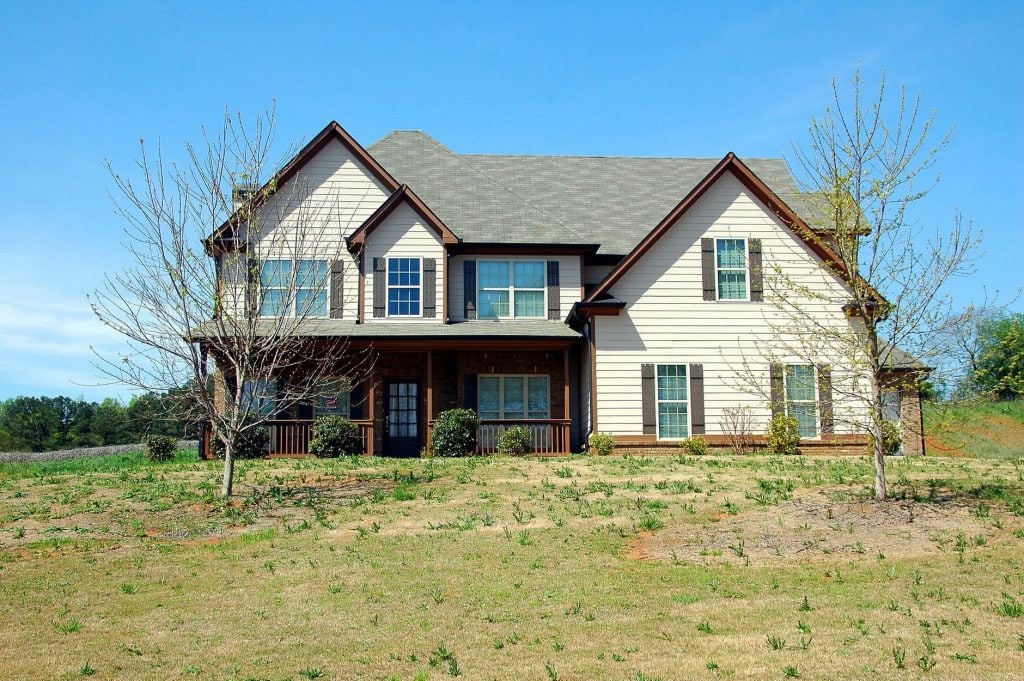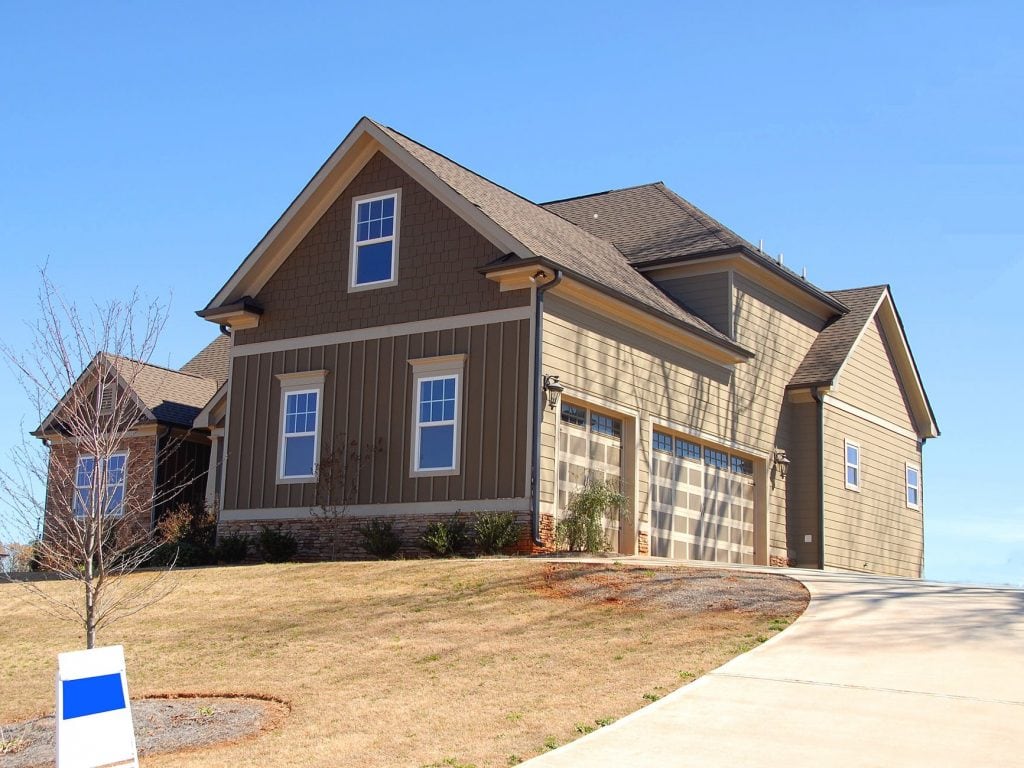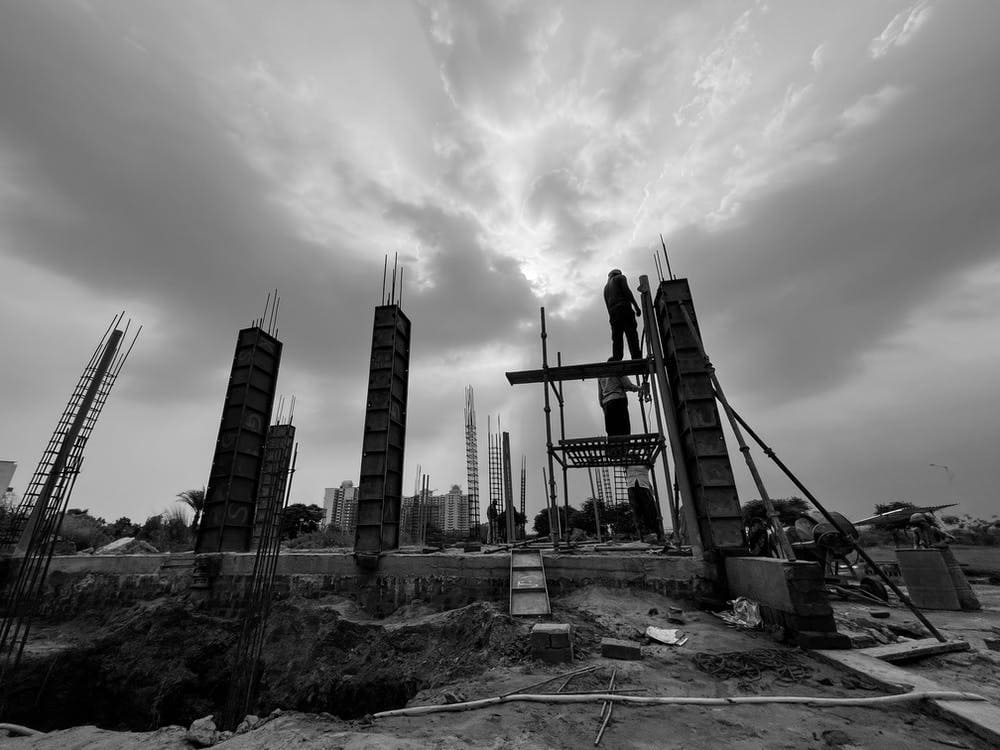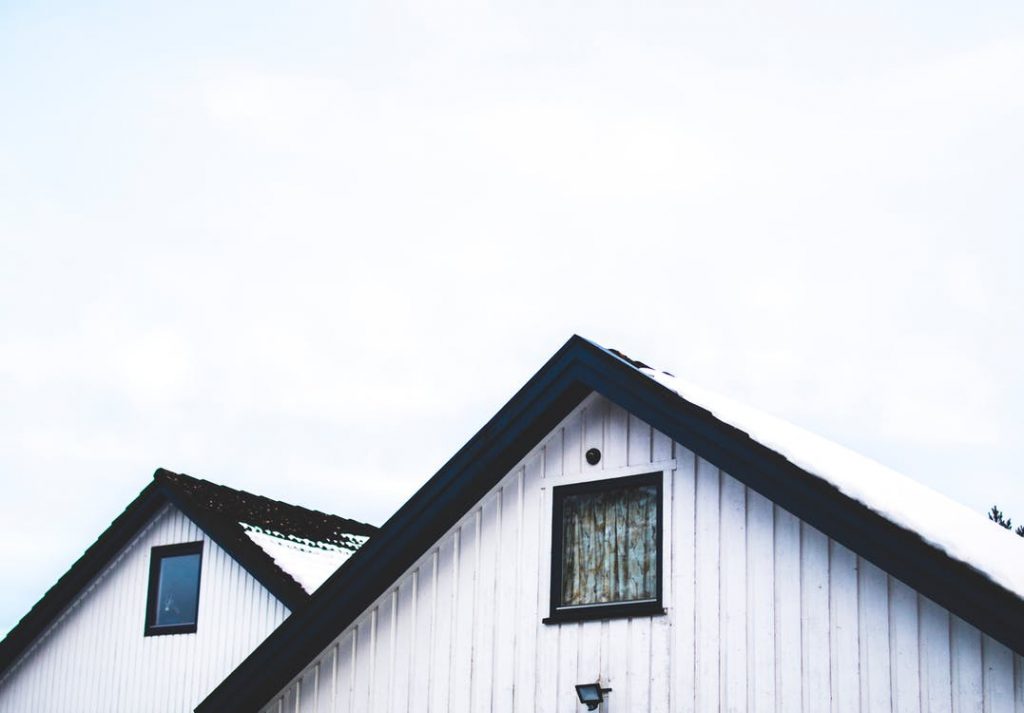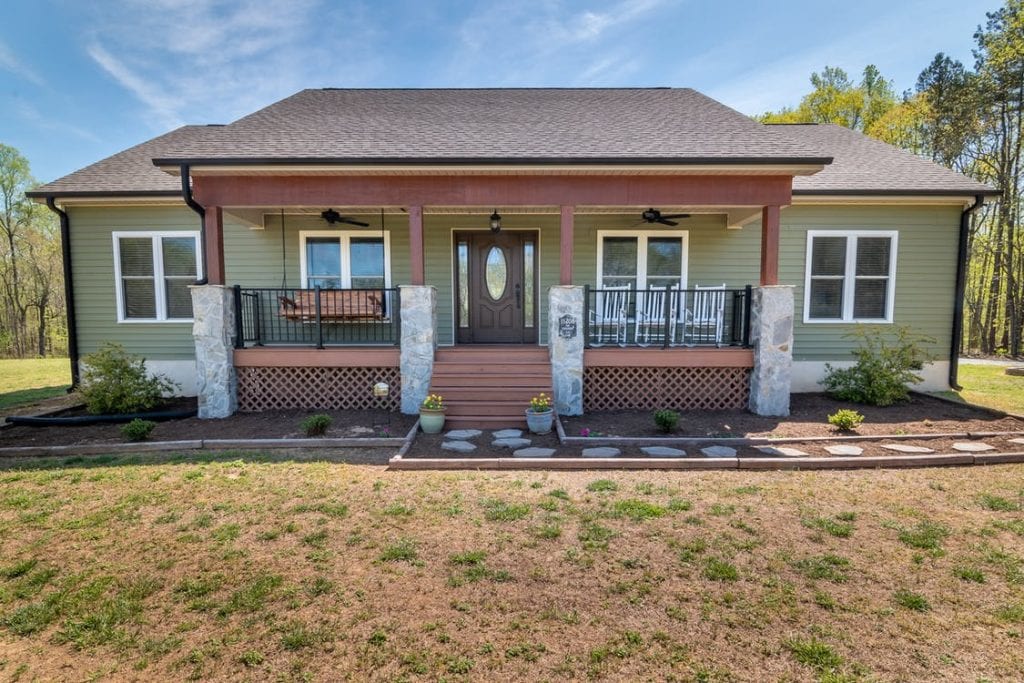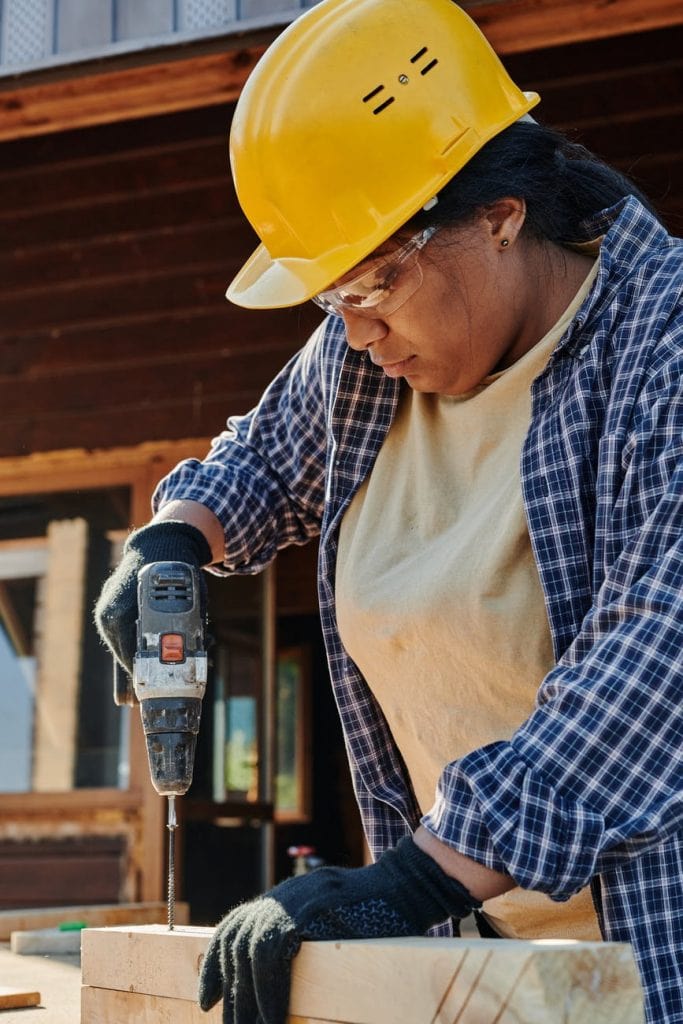Restumping is a maintenance process for houses that involves replacing the stumps of a house. House stumps—typically made of timber—can become defective with time and settle due to the natural movement of soil. With time, moisture from the soil rots these stumps, and if they are not fixed, then the structure of the house is in danger. Older houses with timber stumps require restumping before renovations can begin. This is because renovations place extra strain on the house structure; thus, the structure needs to be sturdy to allow for this extra strain.
The process of restumping is a large job that needs to be handled properly by a professional team of workers. If done incorrectly, both the house and its inhabitants can be put in danger.
It is important to look for key signs that indicate a house needs to be restumped. If these signs are ignored, then the structure of the house can collapse partially or completely. Here are some signs you need to look for:
- Cracking can be seen on exterior brickwork.
- The flooring seems uneven or 'soft'.
- Cracks are appearing on interior walls.
- Windows and doors are not working properly.
Houses will show varying signs of stump dysfunction as they are all built differently on different soil conditions. One method of checking stump condition is digging about 10 centimetres alongside the stump and scratching it to see its condition. If it scratches easily, then this is a sign that the house needs to be restumped. Visible water damage on the stumps also indicates that they have become worn out, which is similarly bad.
How is restumping done?
Initially, you should check how to level the flooring. Uneven flooring indicates areas that need to be restumped. Additionally, the stumps must be physically checked for signs of damage. Following this, the house is raised slightly, the stumps that need to be replaced are removed and replaced, and other stumps are adjusted. Stumps are then replaced with galvanised steel or concrete. This offers several advantages over wooden stumps. The main one is that steel and concrete do not rot and are also not prone to termite infestations.
Restumping is a lengthy, hands-on process that requires careful coordination and foresight. It is best to consult professionals with experience in the industry to ensure that this job is done properly.
Things That Every Person Should Know About Why Restumping Is Required Every Year
House restumping is required when the wooden stumps underneath your house are cracked, or you see your floor is not balanced, and if there are cracks in plaster walls, then you need to opt for a house restumping option to get rid of these problems. House restumping is basically known as house re-blocking, in which the older stumps will be replaced with new wooden stumps or whichever you want. House restumping is usually done in areas of heavy flooding and other factors. It is a preventive measure to control the amount of property loss that is caused by floods and other natural disasters, especially since they have become more common in recent times due to climate change and pollution.
It provides safety: The reason that such methods of building are followed is that the areas are usually prone to a lot of flooding, and hence it is required that the house be much higher than ground level. This is all good, but the fact is that restumping is not cheap, and hence most people go for wooden stumps. Wooden stumps rot over a period of time, and if they are not replaced regularly like they are supposed to, then it will cause the homeowner a number of problems which may end up causing the ignorant person much more than just doing the house restumping.
Strength of the stumps: If your area is a flood-prone area and you have a house that is on stumps, then it is mandatory for you to do some restumping since the area is probably facing floods at least twice a year and hence the force of the flowing water in these floods will test the strength of these stumps. Therefore, by the end of the year, the stumps would definitely be worn out, and even if they seem good on the outside, there is no guarantee that the stumps are good on the inside.
The structural damages that can because A house that is in urgent need of house restumping can be found to have certain signs which can potentially be warning signs saying that the house is in a lot of trouble if the restumping is not done soon. Some of the signs could be uneven floors, non-alignment of the floor and the window, cracks on the walls and other places that are very concerning. Such things can eventually cause actual structural damage to the house over a period of time.
The amount you decide on investing: This is one of the major factors that can affect the quality of the restumping that is being done for your house. The cost of house restumping may be costly, but that does not mean saving some money now will help you when the stumps are not strong enough to handle the natural disasters that it was made to fend off. Hence it is advised to go with concrete stumps, which are more durable and also have a longer life which will be beneficial in the long run and also it will I be much stronger, which will put any person's mind at ease and hence it is almost guaranteed to withstand any natural disaster such as flooding with much more integrity than a wooden stump would.
Frequently Asked Questions
5 Benefits of Raising Your House
Whether you're chasing better views or seeking more space, raising your home can achieve both, as well as increase the value of your home.
Creating More Space
Raising your home is a great way to create more space in your home without compromising your yard area. The new space can provide more living areas, whether it's a storage space, garage or entertainment area. Downstairs areas are often cooler than the upstairs rooms, and as everyone knows, summers can get a bit on the hot side, so making the most of the new space and creating a cool living is a great way of avoiding the heat. Another reason to raise rather than extend could be due to the limitations regarding heritage or character listed homes. These regulations are in place to maintain the home's classic appearance even after renovations, however, they can also be limiting when it comes to extensions, making raising a good solution. Raising your Queenslander maintains the home's appearance as well as achieving the extension that you desire if you're unsure if your home is classified as a heritage or character property.
Flood Levels
Homes have felt the damage of heavy rainfall a number of times, so rather than taking the risk and paying for repairs when flood damage occurs, why not take preventative measures first? Raising your home can save you home from flood damage, especially in homes that are close to the Brisbane River.
New Stumps
Older homes inevitably face aging, and when it comes to stumps, this can pose a safety issue. Raising your home allows for restumping to take place, strengthening the foundation and realigning the home. Another benefit of new stumps is the protection against termites, water and rotting. Restumping today is to a much better standard and can withstand the Australian climate for much longer.
Take Advantage of The Views
One key benefit of raising your house, especially in the hilly suburbs, is the views. Whether you're facing the river and the cityscape around it, or the forestry scattered throughout the outskirts of the city, there are views at every angle. Plus, the higher up you are, the more likely you are to catch that afternoon breeze. Once you raise your house, you might seek a better way to observe the sunsets, so why not add a large deck to your home?
Adding Value To Your House
Overall, raising your home maintains the yard space, creates views and provides extra living space, all of which are beneficial in adding value to your home. Homebuyers look for spacious homes that they can make their own, so when presented with a large, spacious and airy home with a large yard, they are likely to be drawn to it.
Cost Of Raising And Restumping A House
In most areas, the houses are built on stumps, which transfer the load of the house to the soil underneath. These stumps are usually made from timber or steel since these two materials are the hardest and can easily support the entire house's weight without succumbing to the load. However, over time, these stumps lose their strength and become weak. Thus bearing the load of the house becomes impossible. Also, wooden stumps deteriorate over time due to soil moisture and termite infestation.
This is where you will need restumping works where the existing damaged stumps are replaced with new ones. Truth be told, restumping is not all a cheap affair since the process involves several steps, which are quite costly. For this reason, before you hire a contractor to change the stumps or make some more to support the house extension plans, it will be pretty much helpful if you know about the estimated costs.
For changing stumps, the total expense depends on several factors that one should know beforehand. And that's what we will discuss here so that you won't have to bear the unnecessary expenses after the restumping is completed.
When it comes to raising or restumping your house, several costs exist outside of paying a house raising specialist. For instance, you have to pay for soil tests and may have to pay for a development permit. Furthermore, you'll need plans from a builder or engineer to solidify the locations of the new stumps. After you undergo the raising, restumping and slabbing processes, you'll need contractors to reconnect to add plumbing, electrical and other utilities. As you can imagine, these costs add up.
AVERAGE COST OF HOUSE RAISING
On average, the cost of raising a three-bedroom house is between $15,000 to $25,000. Factors that influence where your house falls within this range include the original material of your stumps; the soil quality; whether you need a new foundation or just a repair, and if your house is on a slope.
When you add in the cost of other services like plans, approvals, plumbing, electrical, excavation, building materials and other contract work, the total cost of raising your house and making the proper renovations is approximately $80,000.
HOUSE RAISING AND RESTUMPING PROCESS
One of the biggest cost influencers is whether you want to raise your house or raise and restump your house.
House raising involves raising your entire house above the ground and placing it on temporary supports while your house raisers carry out work like installing permanent concrete or steel supports and pouring a new foundation or underpinning. Then, depending on your plans, other contractors can commence building and installing utilities.
Restumping your house is typically done to repair foundation damage. Restumping begins with raising your house and then repairing or replacing the existing stumps. Depending on the extent of damage to your foundation, the next step may involve pouring a new foundation or levelling the existing one. The size of your house and the slope of the ground affect the cost of restumping.
SAVE MONEY ON HOUSE RAISING
While house raising and restumping are significant investments, they're still cheaper than the alternatives of buying a new house or building from scratch when your foundation fails.
The best way to save money on raising or restumping your house is to find a contractor that specialises in several of the services you need. Raising, restumping, levelling, spinning and house relocation. Furthermore, Work with a network of surveyors, builders, contractors and other service providers to help you secure the right approvals and best prices on quality work.
To obtain the most accurate quote on your house raising project, ensure you have the proper forms and approvals ready for your house raiser. These include drawings, building plans, planning approval (if necessary) and soil tests.
A number of stumps to be replaced or added
The first factor on which the cost of restumping will depend is the number of stumps to be replaced or added. For this, the contractor will first inspect the floorboard of your home for its quality and the damage extent. Once done, he will look for the stumps that need to be replaced.
Based on this number, you will be provided with an estimate. The number of stumps will depend on the type of house floor you have. For example, a 150 m2 timber house will require about 80 stumps, while a brick veneer house having the same area will need 60 stumps in total. So make sure to ask the number of stumps to be added for extending the house or strengthening the floorboard foundation.
Space available underneath the house floor
The next factor on which the cost of restumping will depend is the space underneath your house. If there is enough space to check and inspect the stump conditions and install them, the contractor won't have to remove the floorboards or excavate to check the stumping condition.
But, in case there isn't enough space underneath your home, the contractor will have to carry on the inspection after completing the preparation process. Hence, the cost will automatically increase in this case.
Choice of stumping material
Stump materials will also affect the total cost of restumping. The cost of the stump material will depend on the length of the stumps. The width and the type of material you will be using. For example, the maximum cost of each concrete stump. It will vary from $5 to $17 while that of steel stumps. The cost per stump will vary between $35 and $62.
To understand this particular costing factor, you can ask the contractor for a cost break, up for the various material types, lengths, and widths of the stumps to be used.
Condition of the soi
The soil conditions vary from place to place. In some areas, you will have a hard rock bed that needs extensive digging or excavation for placing the stumps. In such cases, the total restumping cost will be high. However, if the soil is soft, less effort needs to be put in, hence, the costs of such stumping work will be comparatively low.
Conclusion:
Understanding the total cost of the restumping work is essential since it varies from state to state. It is resistant to getting in touch with a restumping expert to know the actual cost of restumping. With an estimate present beforehand, you will be able to allocate a proper budget for the task without any hassle.
Strip footings are commonly used as foundations of load-bearing walls. The footing usually has twice the width as the load bearing wall, sometimes it is even wider. The width as well as the type of reinforcement are depending on the bearing capacity of the foundation soil.
Since building a stump home means having a raised flooring above the ground, accessing the drainage system is easier. So if ever a problem regarding your plumbing and drainage system arise, you will be able to fix it easily.
A pile cap is a thick concrete mat that rests on concrete or timber piles that have been driven into soft or unstable ground to provide a suitable stable foundation.
The stumps do not rot or decay as easily as wood. They are resistant to the levels of humidity and the heat in the city, which allows them to retain their shape and solidity in all weather conditions. Once the stumps are inserted into the ground, they require minimal maintenance.
What is a stump subfloor? If your floor is supported by many columns or stumps, then you have a stump subfloor. According to the lie of the land, these will be of varying heights to keep the floor perfectly level.

